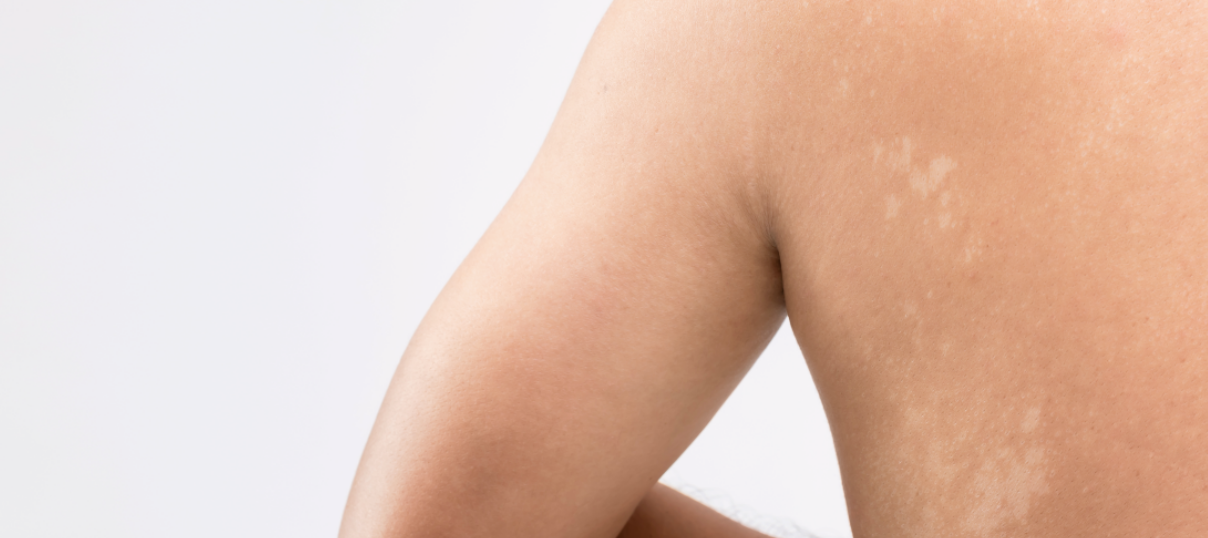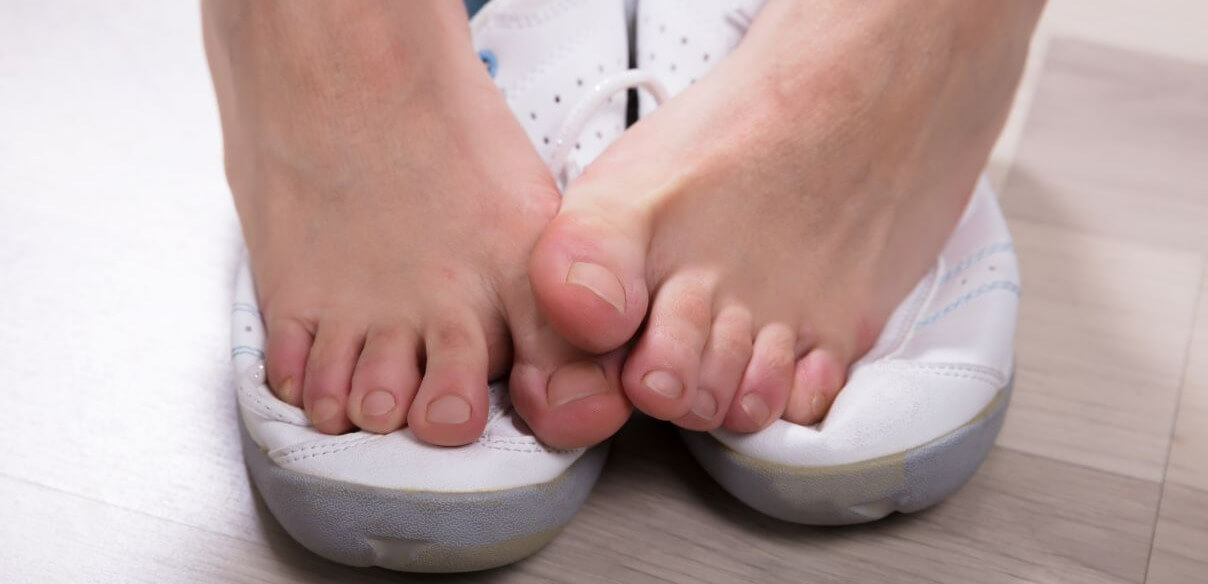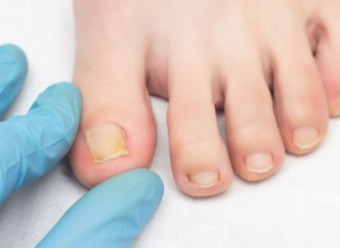A real source of discomfort, especially when it is recurrent, mycosis can have a negative effect on our lives.
To avoid these troublesome fungal infections, it is important to understand their origin and the steps to take to prevent them. In this article, we will explain why some people are more prone to mycosis, and help you recognise the symptoms. Find out more.
Understanding the causes of recurrent mycosis
Mycosis is caused by microscopic fungi, which thrive in warm, humid environments by feeding on keratin, a protein found in hair, nails and skin. Mycosis often affects areas where perspiration is important, such as the feet, armpits and folds of the skin and the genital area.
Some people are more at risk of developing mycosis than others, due to well-known factors such as weakened immunity, imbalanced microbiota, excessive perspiration, oily skin and tight clothing. Taking antibiotics can also upset the balance of bacteria in the body and promote the growth of fungi. These are widespread in the environment and can be transmitted by direct contact with an infected person or by contact with contaminated surfaces.
Therefore, to avoid recurrent mycosis - whether it is vaginal mycosis, foot mycosis or cutaneous mycosis - we will take care of the areas on which these mycoses develop!
How to recognise mycosis?
● Vaginal mycosis: symptoms include itching, pain and thick, profuse white discharge.
According to a study published in the Journal of Lower Genital Tract Disease, approximately 75% of women will have at least one vaginal mycosis in their lifetime.

● Foot mycosis: symptoms include itching, redness, cracking and peeling of the skin.
According to a study published in the journal Mycoses, approximately 10% of the population will be affected by foot mycosis during their lifetime!

● Mycosis of the skin: symptoms include itching, redness and flaking of the skin. Cutaneous mycosis is caused by tiny fungi such as dermatophytes, Candida (a yeast), Malassezia, a yeast usually present on the skin which multiplies in the presence of favourable factors (such as heat, perspiration, application of fatty substances on the skin, etc.).

If you are prone to recurrent mycoses, prevention is the first step towards recovery!
In your daily care routine, use specific hygiene products, tested on mycosis-prone skin, which cleanse and soothe sensitive skin to prevent and treat the different types of mycosis. Consult your doctor and/or your reference pharmacist to adopt the correct actions.
For more information, see the following sources:
● Assurance Maladie, Dossier Mycoses vaginales et autres vaginites
● MD, LE Manuel MSD Vaginose Bactérienne, 2021
● Le Manuel MSD, Pied d’athlète (tinea pedis), MD, Dartmouth Geisel School of Medicine, 2021





